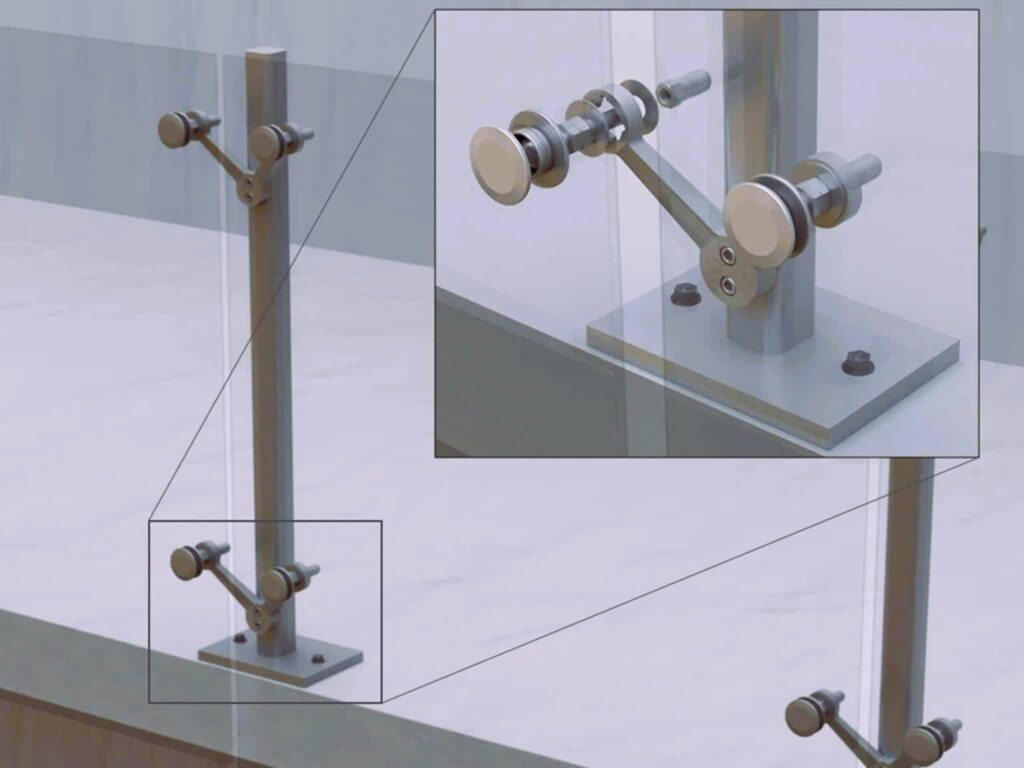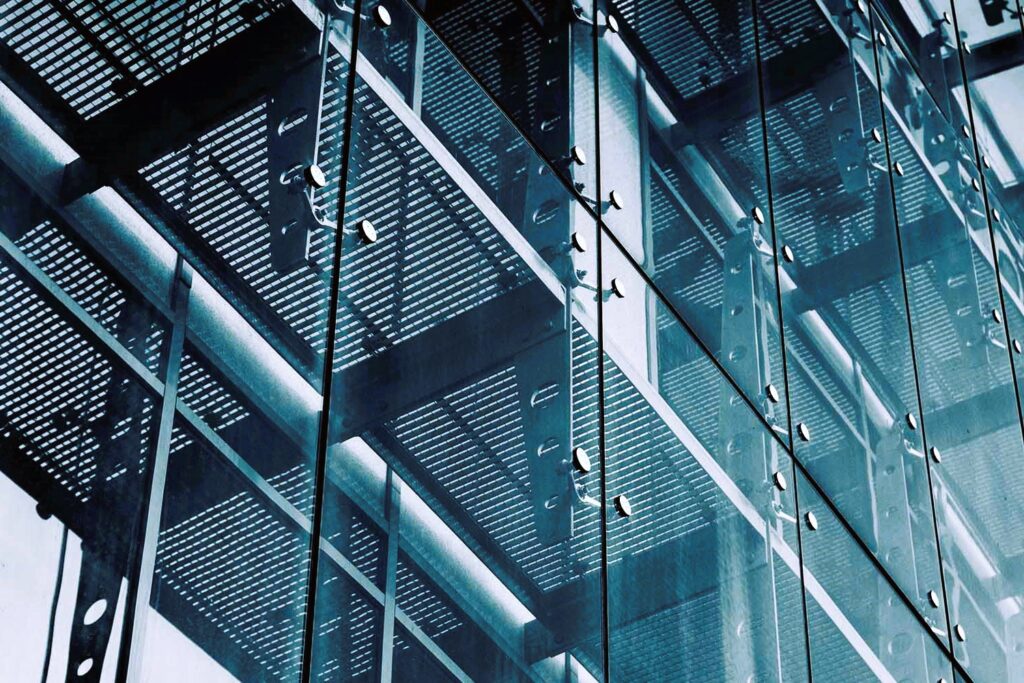Contemporary architecture is characterized by its innovative use of materials, sleek designs, and emphasis on transparency and natural light. One architectural element that has become increasingly prevalent in modern buildings is point-supported glass systems. These systems, also known as spider glass or structural glazing, offer architects and designers a versatile and aesthetically pleasing solution for creating expansive glass facades, skylights, and entrances. In this article, we will explore the importance of point-supported glass systems in contemporary architecture, their benefits, and the standards that govern their design and installation.
Versatility and Design Freedom
One of the primary reasons for the widespread adoption of point-supported glass systems is their versatility and design flexibility. Unlike traditional framed glass systems, which rely on bulky metal frames for support, point-supported glass systems use discreet metal fittings, known as spiders or glass fin fittings, to secure the glass panels in place. This minimalist approach allows architects to create seamless, uninterrupted views, and striking architectural features, such as floating staircases, cantilevered balconies, and glass bridges.
Enhanced Aesthetics

Point-supported glass systems offer unparalleled transparency and clarity, allowing natural light to flood interior spaces and creating a sense of openness and connectivity with the surrounding environment. By minimizing the use of visible structural elements, such as mullions and frames, these systems create a sleek and minimalist aesthetic that is well-suited to contemporary architectural styles.
Structural Integrity and Safety
While point-supported glass systems may appear delicate, they are engineered to meet stringent structural and safety requirements. The glass panels are typically made from tempered or laminated glass, which is stronger and more durable than traditional annealed glass. Additionally, the metal fittings used to support the glass are carefully designed and tested to ensure they can withstand the forces imposed by wind, snow, and other environmental factors. As a result, buildings equipped with point-supported glass systems not only look impressive but also offer superior performance and longevity. Choosing the right glass for your home, we’ve compiled all the factors to consider.
Energy Efficiency and Sustainability
In addition to their aesthetic and structural benefits, point-supported glass systems can also contribute to improved energy efficiency and sustainability. The use of large expanses of glass allows for maximum daylight penetration, reducing the need for artificial lighting and lowering energy consumption. Furthermore, advancements in glass coatings and insulation technologies help minimize heat loss and solar heat gain, improving thermal comfort and reducing HVAC loads.
Standards and Regulations

The design and installation of point-supported glass systems are governed by various standards and regulations to ensure they meet the required performance and safety criteria. In the United States, organizations such as the American Architectural Manufacturers Association (AAMA) and the American Society of Civil Engineers (ASCE) provide guidelines for the design, testing, and installation of structural glass systems. Additionally, international standards such as ASTM E 1300 and ISO 11485 offer further guidance on glass performance and safety requirements.
Point-supported glass systems have revolutionized contemporary architecture, offering architects and designers a versatile and visually striking solution for creating transparent and light-filled spaces. By combining structural integrity with aesthetic appeal, these systems have become an integral part of modern building design, allowing for innovative and sustainable architectural expressions. As the demand for transparent and open environments continues to grow, point-supported glass systems are likely to remain at the forefront of architectural innovation for years to come.
For more information on point-supported glass systems and related standards, please visit Wikipedia.

